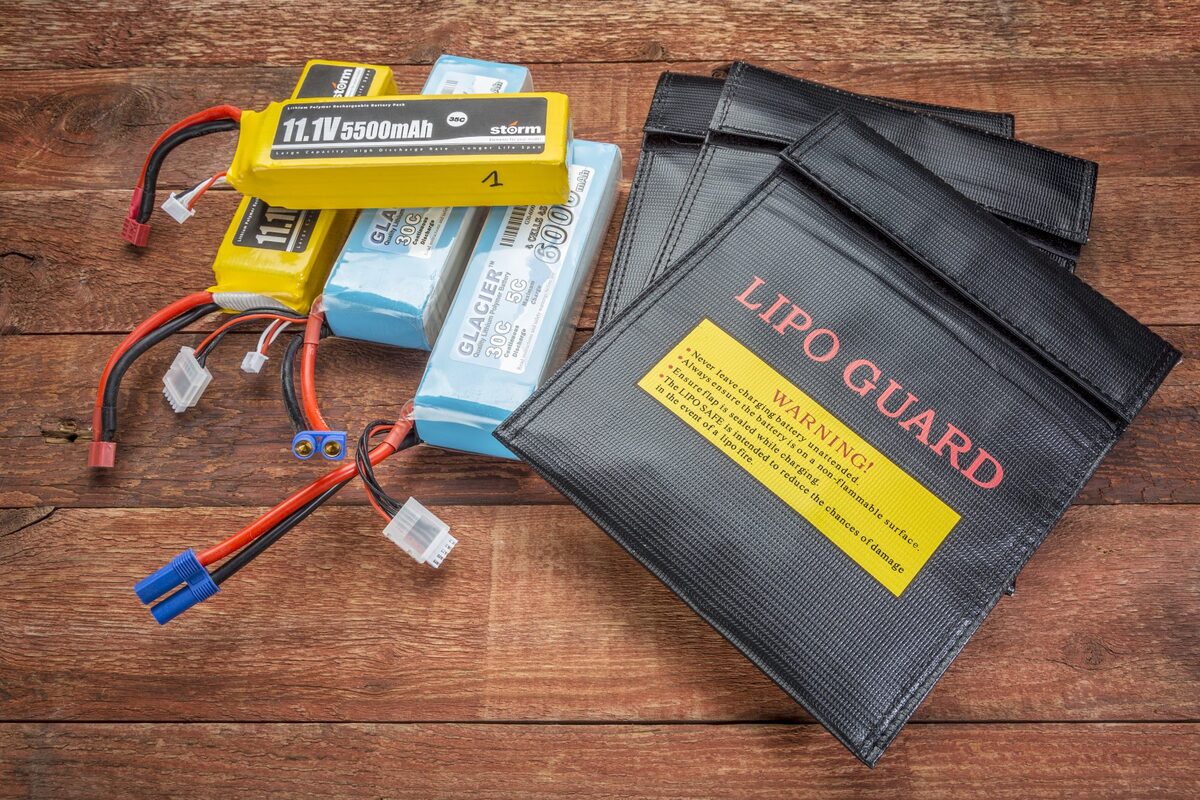

Articles
How To Store RC Lipo Batteries
Modified: December 7, 2023
Looking for articles on how to store RC LiPo batteries? Explore our comprehensive guide to ensure the safety and longevity of your batteries.
(Many of the links in this article redirect to a specific reviewed product. Your purchase of these products through affiliate links helps to generate commission for Storables.com, at no extra cost. Learn more)
Introduction
RC LiPo batteries have become an integral part of the remote-controlled (RC) hobbyist community. Whether it’s flying drones, racing cars, or piloting helicopters, these high-performance batteries provide the power and endurance needed to fuel our passion for RC adventures. However, as exhilarating as the hobby may be, it’s essential to understand the importance of proper storage and maintenance when it comes to RC LiPo batteries.
In this article, we will delve into the world of RC LiPo batteries and explore the best practices for safely storing them when not in use. We will also discuss the potential risks associated with improper storage and provide valuable tips to ensure the longevity and reliability of your batteries.
So, if you’re ready to learn how to protect your investment and keep your RC LiPo batteries in optimal condition, let’s get started!
Key Takeaways:
- Proper storage of RC LiPo batteries is crucial to prevent accidents and ensure longevity. Follow safety measures, maintain suitable storage conditions, and adhere to best practices to protect your investment and enjoy the RC hobby safely.
- Avoid common mistakes like leaving batteries fully charged, overlooking voltage checks, and ignoring signs of damage. By following best practices and being mindful of potential pitfalls, you can ensure the safety and reliability of your RC LiPo batteries.
Read more: How To Store Lipo Batteries
Understanding RC LiPo Batteries
Before diving into the intricacies of storing RC LiPo batteries, it’s crucial to have a solid understanding of what these batteries are and why they are so widely used in the RC hobbyist community.
RC LiPo batteries, short for Lithium Polymer batteries, are rechargeable power sources composed of several cells connected in series. Unlike traditional NiMH or NiCad batteries, LiPo batteries offer higher energy density, lighter weight, and increased voltage capacity. These characteristics make them ideal for powering RC vehicles and providing the necessary thrust and performance.
LiPo batteries consist of multiple cells, each with a nominal voltage of 3.7 volts. These cells are connected in series to create packs with higher voltage capacities, such as 2S (7.4V), 3S (11.1V), and so on. The packs also come in different capacities, measured in milliamp-hours (mAh), which determine the battery’s runtime.
What sets LiPo batteries apart from other rechargeable batteries is their unique chemistry. LiPo batteries use a combination of lithium and polymer electrolytes, which allows for flexible and lightweight packaging. This chemistry allows LiPo batteries to provide high discharge rates, delivering the power necessary for RC vehicles to achieve impressive speeds and perform demanding maneuvers.
Due to their superior performance characteristics and advancements in technology, RC LiPo batteries have gained massive popularity in the RC hobbyist community. Hobbyists can choose from a wide range of sizes, capacities, and voltage options to suit the specific power requirements of their RC vehicles.
Furthermore, the compact and lightweight nature of LiPo batteries is particularly advantageous for airborne RC applications, such as drones and helicopters. The reduced weight of LiPo batteries enhances the maneuverability and flight time of these aerial vehicles, elevating the overall RC experience.
Overall, RC LiPo batteries have revolutionized the RC hobby, providing enthusiasts with a reliable power source that maximizes performance while minimizing weight and size. Now that we have a basic understanding of these batteries, let’s delve into the importance of proper storage and maintenance.
Safety Precautions for Storing RC LiPo Batteries
Proper storage of RC LiPo batteries is paramount to ensure their safety and longevity. Failing to store them correctly can lead to potential risks and hazards. In this section, we will explore the importance of proper storage, discuss the risks associated with improper storage, and provide essential fire safety measures.
Importance of proper storage: Storing RC LiPo batteries in a safe and suitable manner is crucial to prevent accidents and ensure their performance. Improper storage can lead to battery damage, degradation, or even catastrophic failures that may result in fires or explosions.
Risks and hazards associated with improper storage: When LiPo batteries are stored incorrectly, several risks and hazards arise. Overcharging, over-discharging, exposure to extreme temperatures, physical damage, and punctures can cause the batteries to become unstable and susceptible to thermal runaway. This can lead to the release of toxic gases, ignition, and combustion.
Fire safety measures: To mitigate the risks of fire or explosion, it’s essential to follow specific safety measures when storing RC LiPo batteries:
- Use a fireproof storage container: Invest in a fireproof LiPo battery bag or a metal ammunition box specifically designed for battery storage. These containers are capable of containing any potential fire or explosion, protecting your surroundings from damage.
- Store batteries in a cool, dry place: It’s crucial to store RC LiPo batteries in a cool and dry environment to prevent overheating or excessive moisture. Avoid storing them near direct sunlight or sources of heat, such as radiators or ovens.
- Avoid storing near flammable materials: Keep LiPo batteries away from flammable substances, such as gasoline, solvents, or aerosol cans. In the event of a battery failure, flammable materials increase the risk of fire and potentiate the severity of the situation.
- Inspect batteries before storage: Before storing LiPo batteries, carefully inspect them for any signs of damage, swelling, or leakage. If you notice any abnormalities, dispose of the batteries following the proper guidelines and do not store them.
- Keep a fire extinguisher nearby: It’s always wise to have a fire extinguisher rated for lithium battery fires nearby when you are storing LiPo batteries. This can help quickly extinguish any potential fires and minimize damage.
Following these safety precautions and fire safety measures will greatly reduce the risks associated with storing RC LiPo batteries and ensure the safety of your property and loved ones.
Suitable Storage Conditions for RC LiPo Batteries
When it comes to storing RC LiPo batteries, creating suitable storage conditions is essential to maintain their performance and extend their lifespan. In this section, we will discuss temperature and humidity considerations, ventilation requirements, and choosing the right storage container for your RC LiPo batteries.
Temperature and humidity considerations: Extreme temperatures can have detrimental effects on LiPo battery performance and longevity. Ideally, RC LiPo batteries should be stored in a cool and dry environment, preferably between 20 to 25 degrees Celsius (68 to 77 degrees Fahrenheit). Avoid exposing them to excessively high temperatures, as it can accelerate the rate of battery degradation and reduce their overall lifespan. Similarly, storing LiPo batteries in an overly cold environment can lead to a decrease in battery performance and capacity. Additionally, it’s crucial to maintain a stable humidity level by avoiding excessive moisture, as it can contribute to corrosion and damage to the battery cells.
Ventilation requirements: While maintaining proper temperature and humidity levels is essential, sufficient ventilation is also crucial when storing RC LiPo batteries. LiPo batteries release low levels of hydrogen gas during discharge, which can build up if not adequately ventilated. Accumulation of hydrogen gas can increase the risk of fire or explosion. Therefore, it’s recommended to store batteries in a well-ventilated area to allow the gas to dissipate safely. However, make sure that the storage area does not have a direct draft or strong airflow, as it can promote the drying out of the batteries.
Choosing the right storage container: Selecting an appropriate storage container is vital to ensure the safety and protection of your RC LiPo batteries. When choosing a container, opt for one that is fireproof and capable of containing any potential fire or explosion. Fireproof LiPo battery bags or metal ammunition boxes are popular choices as they can withstand high temperatures and prevent the spread of fire. Additionally, ensure that the storage container is large enough to accommodate your batteries comfortably and minimize the risk of physical damage during storage. Remember to never store loose batteries without proper insulation or protection, as this can lead to short-circuiting and potential hazardous situations.
By following these guidelines for suitable storage conditions, you can create an environment that promotes the longevity and safety of your RC LiPo batteries. Now that we have covered the storage conditions, let’s explore the best practices to follow when storing RC LiPo batteries.
Store RC LiPo batteries at room temperature in a fireproof container, away from direct sunlight and moisture. Keep them at a partial charge (around 3.8V per cell) for long-term storage.
Best Practices for Storing RC LiPo Batteries
Properly storing RC LiPo batteries not only ensures their safety but also helps maintain their overall health and longevity. In this section, we will discuss some best practices to follow when storing your RC LiPo batteries, including charge level recommendations before storage, discharging techniques for long-term storage, and tips for maintaining battery health during storage.
Charge level recommendations before storage: It’s important to consider the charge level of your RC LiPo batteries before storing them. The ideal charge level for long-term storage is around 50% to 60% of the battery’s capacity. This range allows for a stable voltage and minimizes stress on the battery cells during storage. Avoid storing LiPo batteries fully charged or completely empty, as both extremes can increase the risk of degradation, swelling, or other damage over time. If possible, use a LiPo battery voltage checker to ensure the charge level is within the recommended range before storing them.
Discharging techniques for long-term storage: If you anticipate not using your RC LiPo batteries for an extended period, it is recommended to discharge them to a storage voltage. This helps to minimize self-discharge and maintain the batteries’ overall health. Most LiPo chargers have a storage mode option, which can discharge the batteries to the appropriate voltage. If your charger does not have this feature, you can use a low discharge rate (around 1C) to gradually discharge the batteries until they reach the recommended storage voltage, typically around 3.7 to 3.8 volts per cell. Avoid fully discharging the batteries as it can lead to irreversible damage.
Tips for maintaining battery health during storage: To ensure the health and longevity of your RC LiPo batteries during storage, consider the following tips:
- Monitor storage conditions: Keep an eye on the temperature and humidity levels in the storage area. Changes in temperature and excessive moisture can degrade battery performance. Maintain a stable storage environment within the recommended temperature and humidity range.
- Periodically check battery voltage: It’s a good practice to periodically check the voltage of your stored RC LiPo batteries using a voltage checker. This enables you to monitor the health of the batteries and detect any potential issues, such as voltage drops or imbalances.
- Rotate batteries: If you have multiple RC LiPo batteries, rotate their usage to ensure equal wear and prevent capacity imbalances. By using a different battery each time, you promote even usage across your collection and increase the overall lifespan of the batteries.
- Inspect for damage: Regularly inspect your RC LiPo batteries for any signs of physical damage, swelling, or leakage. If you notice any abnormalities, it’s crucial to dispose of the battery following the proper guidelines and not store it with your other batteries.
- Label and organize: Properly label and organize your stored RC LiPo batteries to avoid confusion and make it easier to identify their status. Mark the charge level, discharge date, or any other relevant information on the battery or its storage container.
By following these best practices, you can ensure the health and longevity of your RC LiPo batteries during storage. Now, let’s discuss some common mistakes to avoid when storing these batteries.
Read more: How To Store Lipo Batteries At Home
Common Mistakes to Avoid When Storing RC LiPo Batteries
When it comes to storing RC LiPo batteries, certain common mistakes can compromise their safety and performance. In this section, we will discuss some common mistakes to avoid when storing your RC LiPo batteries, including leaving batteries fully charged, overlooking battery voltage checks, and ignoring signs of battery damage.
Leaving batteries fully charged: One of the most common mistakes is storing RC LiPo batteries fully charged. This practice can lead to accelerated degradation and increase the risk of swelling, instability, or even the potential for fire or explosion. Fully charged batteries are more susceptible to thermal runaway, especially when exposed to high temperatures or subjected to physical damage. Always aim to discharge your batteries to the recommended storage voltage, around 50% to 60%, before storing them.
Overlooking battery voltage checks: Checking the voltage of your RC LiPo batteries before and during storage is crucial. Overlooking this step can result in storing batteries that have dropped below the recommended voltage or have experienced voltage imbalances. Batteries below the recommended storage voltage are prone to self-discharge and may become unstable over time. Regularly monitor the voltage of your batteries using a voltage checker to ensure they remain within the safe and optimal range for storage.
Ignoring signs of battery damage: It’s essential to inspect your RC LiPo batteries for any signs of damage before storing them. Ignoring visible damage, such as swelling, leakage, or punctures, can lead to disastrous consequences. Damaged batteries have an increased risk of thermal runaway and can pose a significant safety hazard. If you notice any signs of damage, do not store the battery and dispose of it following the proper guidelines for safe battery disposal.
Storing RC LiPo batteries correctly involves avoiding these common mistakes and taking the necessary precautions to maintain their safety and performance. By adhering to best practices and being mindful of these potential pitfalls, you can ensure the longevity and reliability of your RC LiPo batteries.
Now that we have covered the common mistakes to avoid, let’s wrap up this article on storing RC LiPo batteries.
Conclusion
Properly storing RC LiPo batteries is paramount to ensure their safety, performance, and longevity. By following the best practices outlined in this article, you can mitigate the risks associated with improper storage and maintain the overall health of your batteries.
Remember to consider the suitable storage conditions, such as temperature and humidity levels, as well as the ventilation requirements for your RC LiPo batteries. Choose a fireproof storage container that can adequately contain any potential fire or explosion, and always inspect your batteries for signs of damage before storage.
Charge your batteries to the recommended storage level, around 50% to 60%, and utilize proper discharging techniques for long-term storage. Regularly monitor the voltage of your batteries and rotate their usage to ensure equal wear. Label and organize your batteries for easy identification and avoid leaving fully charged batteries or overlooking voltage checks.
By taking these precautions and avoiding common mistakes, you can enjoy the RC hobby with peace of mind, knowing that your LiPo batteries are safely stored and ready for action whenever you are.
Remember, safety should be your top priority when it comes to storing RC LiPo batteries. Treat them with caution and always follow the manufacturer’s recommendations. With proper storage and maintenance, your RC LiPo batteries will provide consistent performance and reliability.
So, let’s store our RC LiPo batteries correctly and continue to embrace the excitement and thrill of the RC hobby!
Frequently Asked Questions about How To Store RC Lipo Batteries
Was this page helpful?
At Storables.com, we guarantee accurate and reliable information. Our content, validated by Expert Board Contributors, is crafted following stringent Editorial Policies. We're committed to providing you with well-researched, expert-backed insights for all your informational needs.
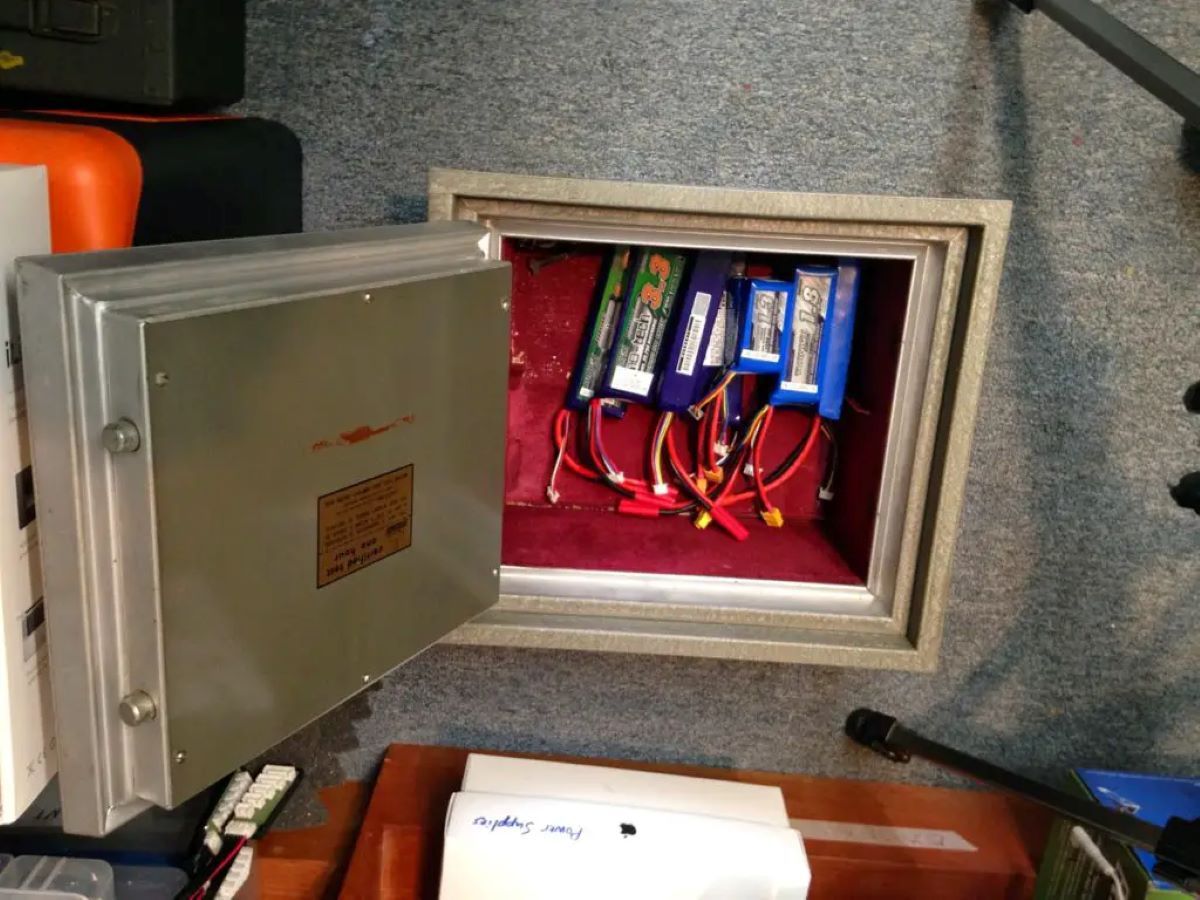


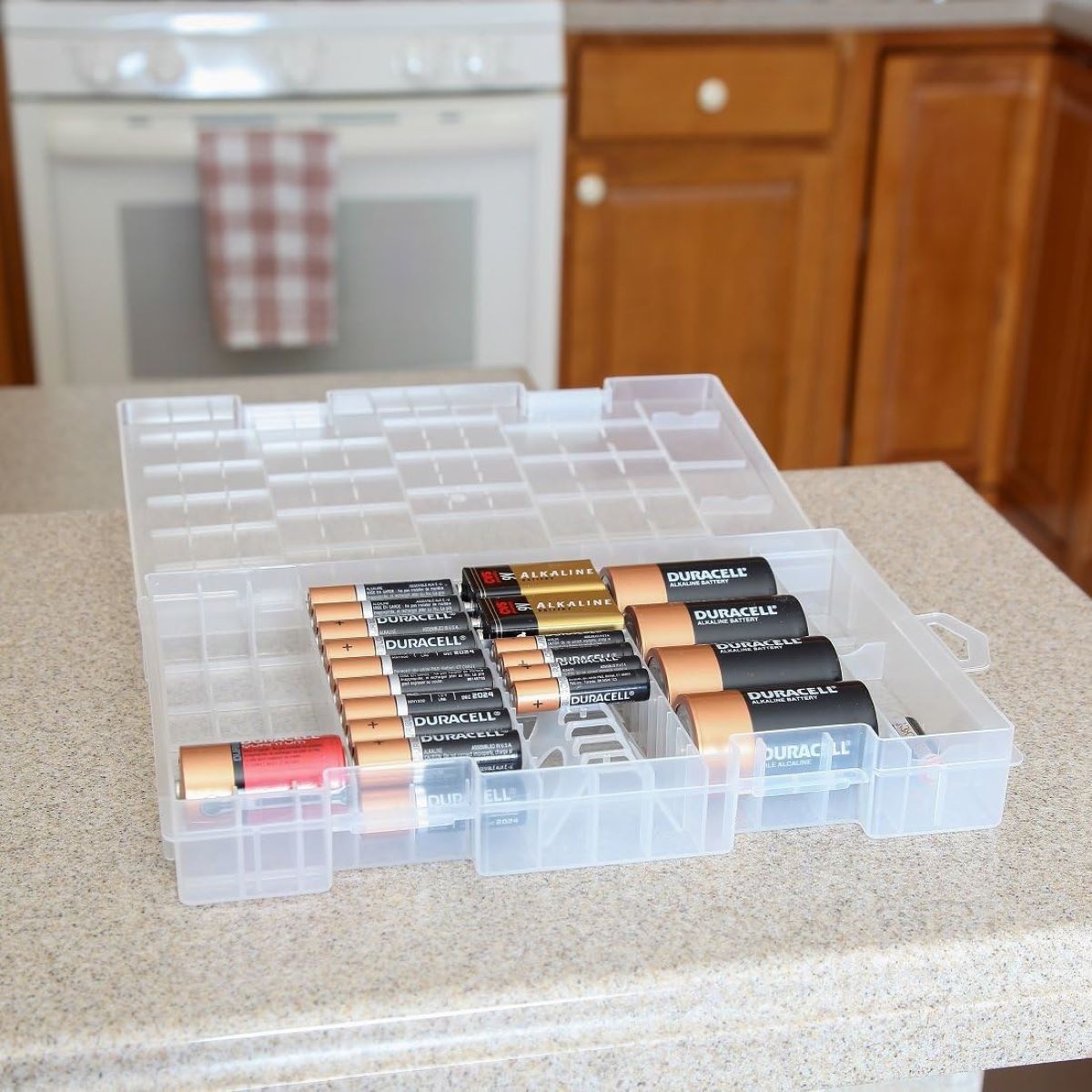
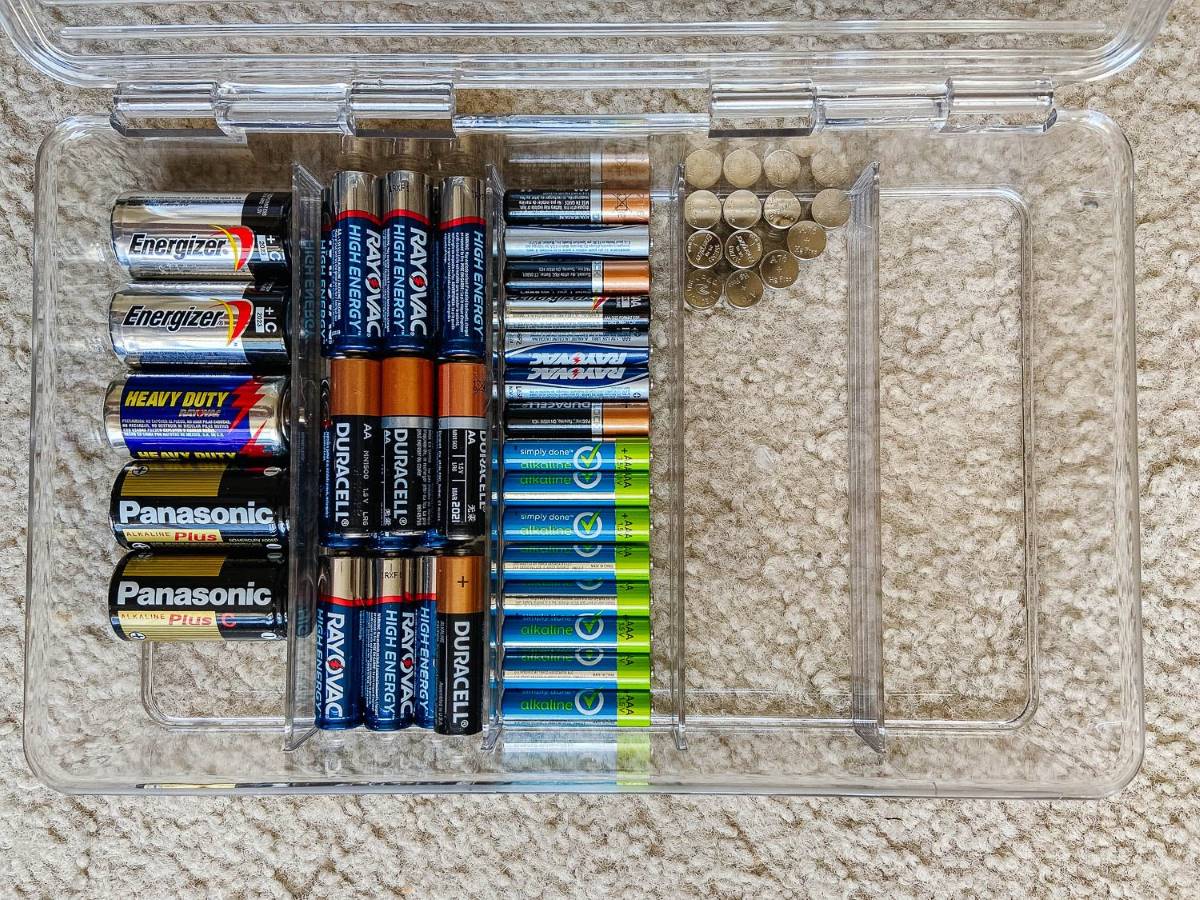
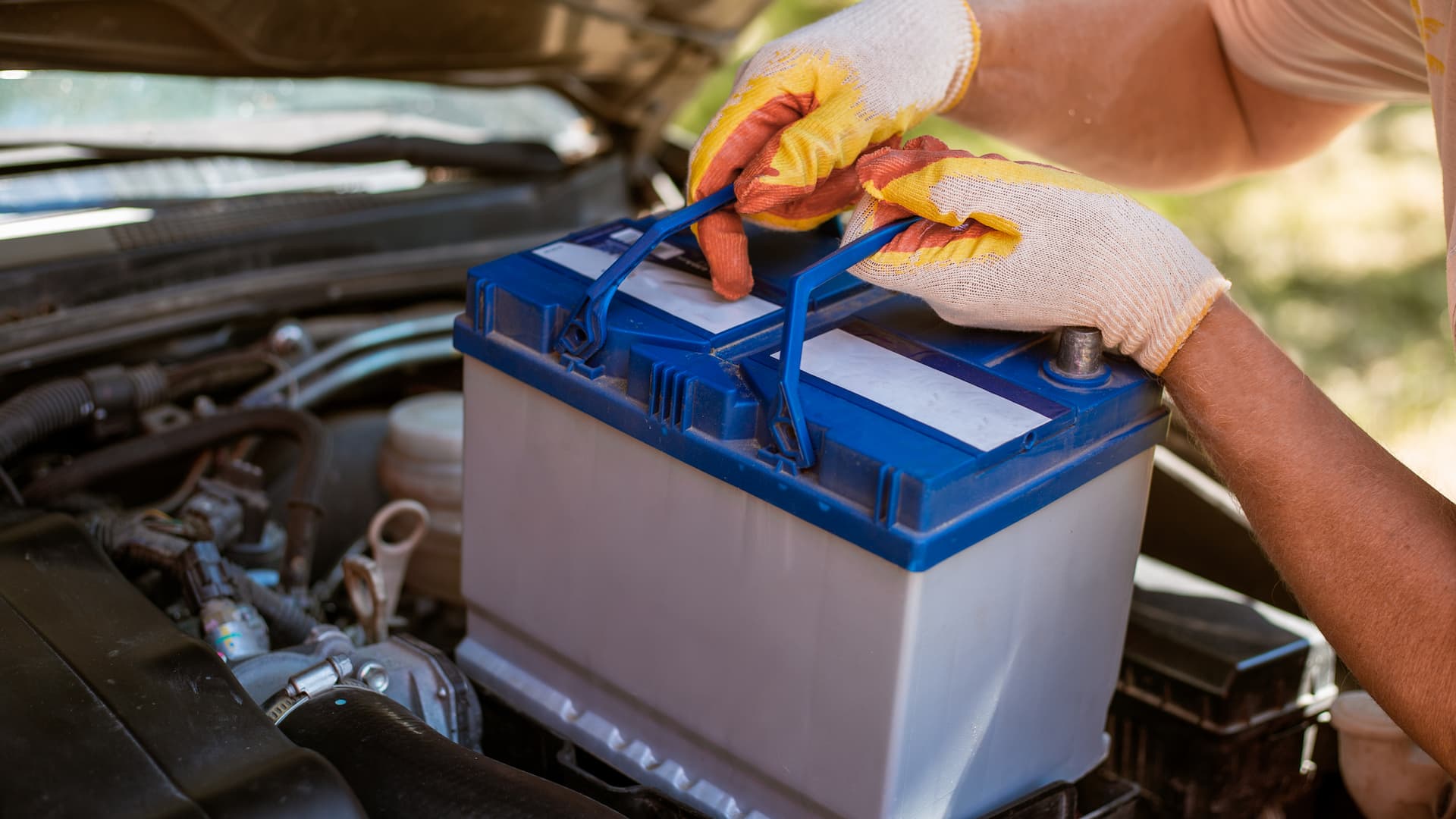
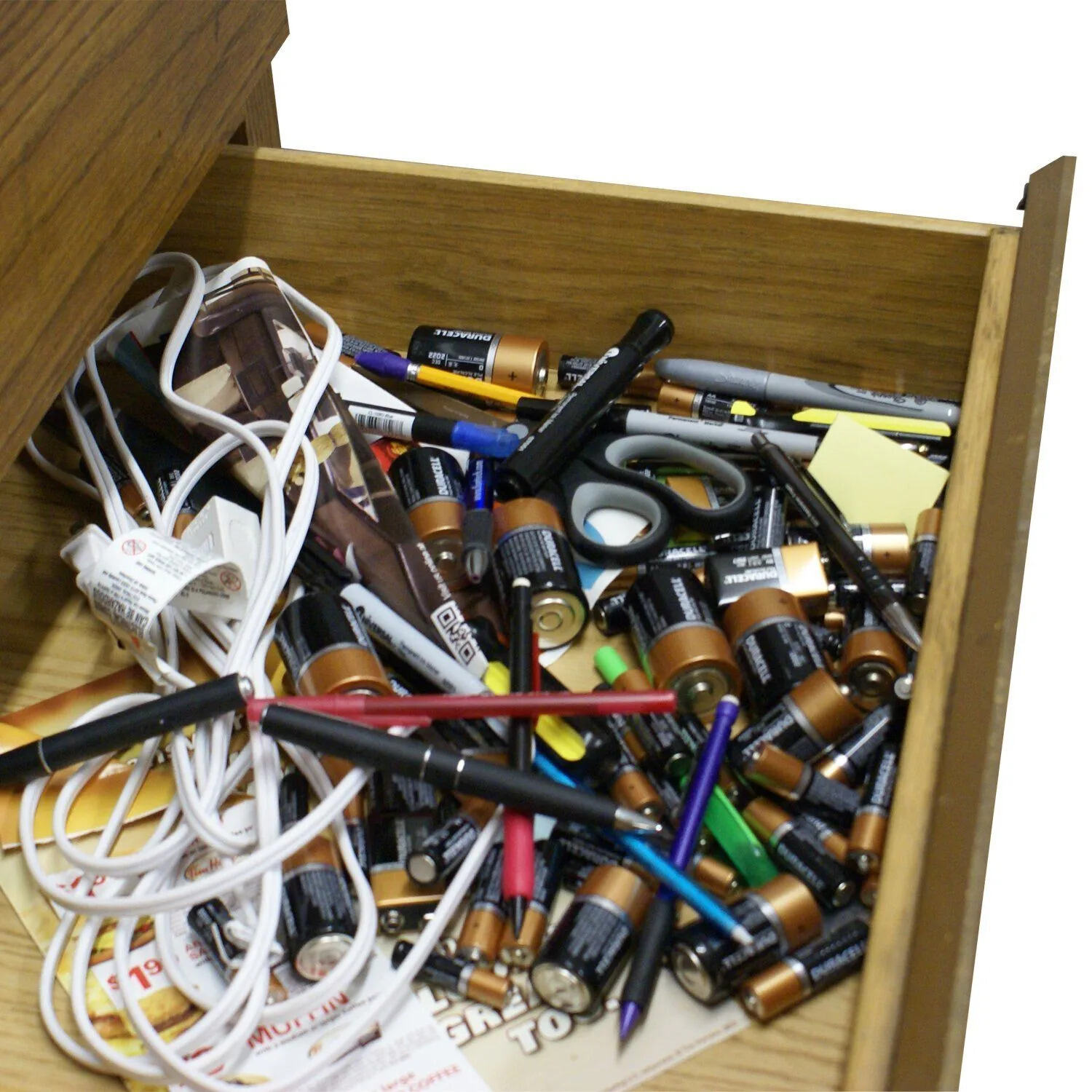
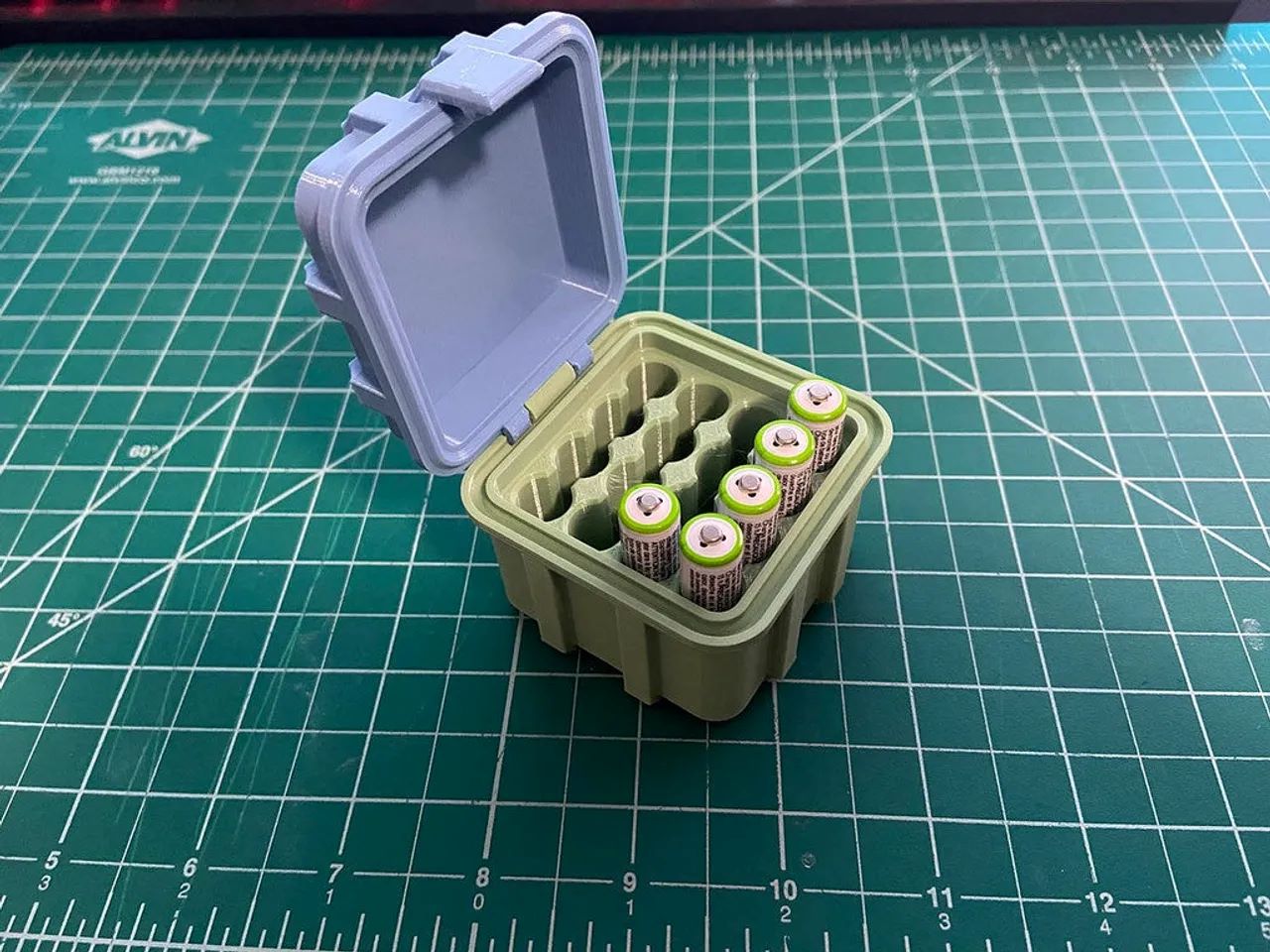
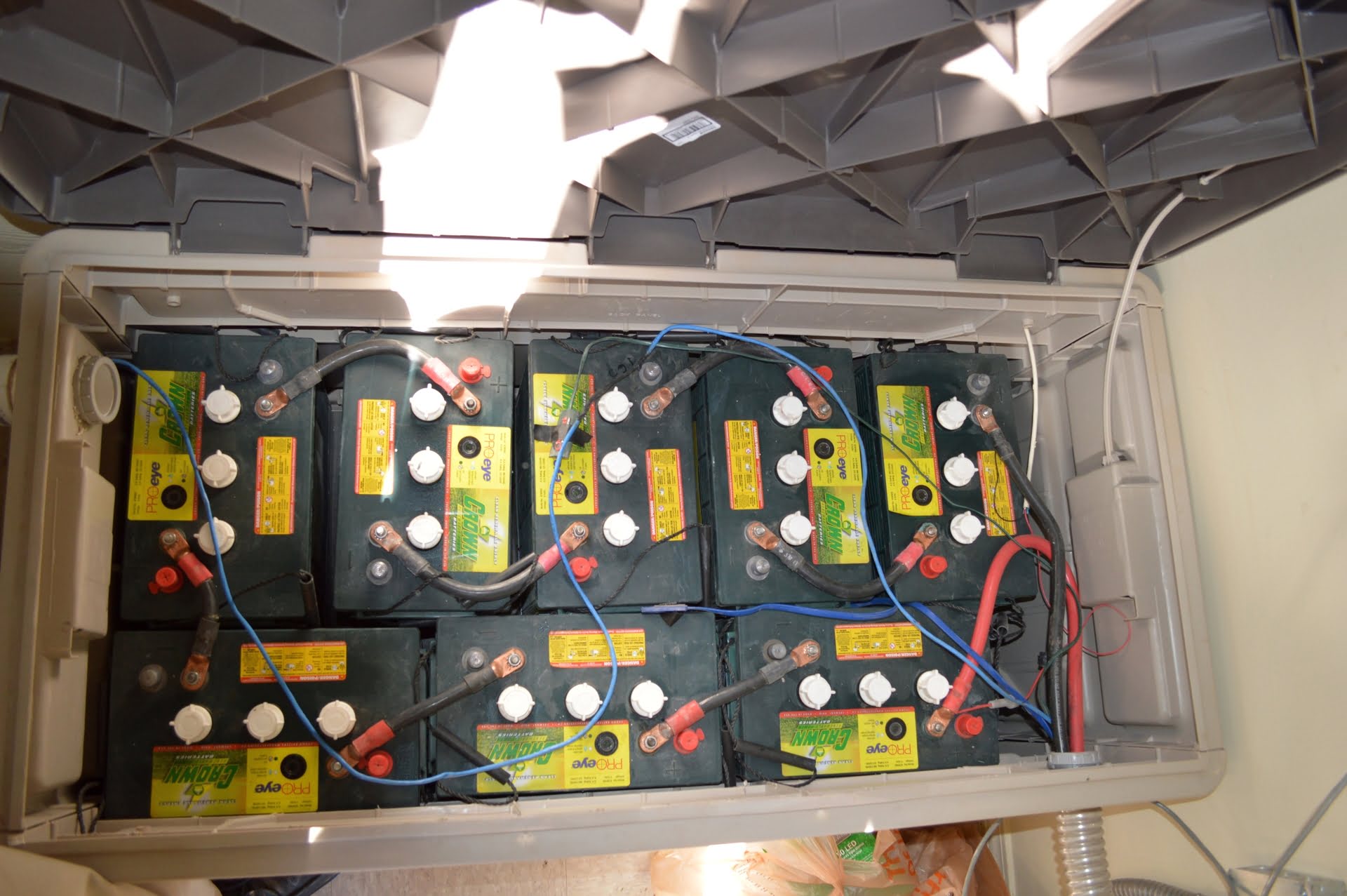
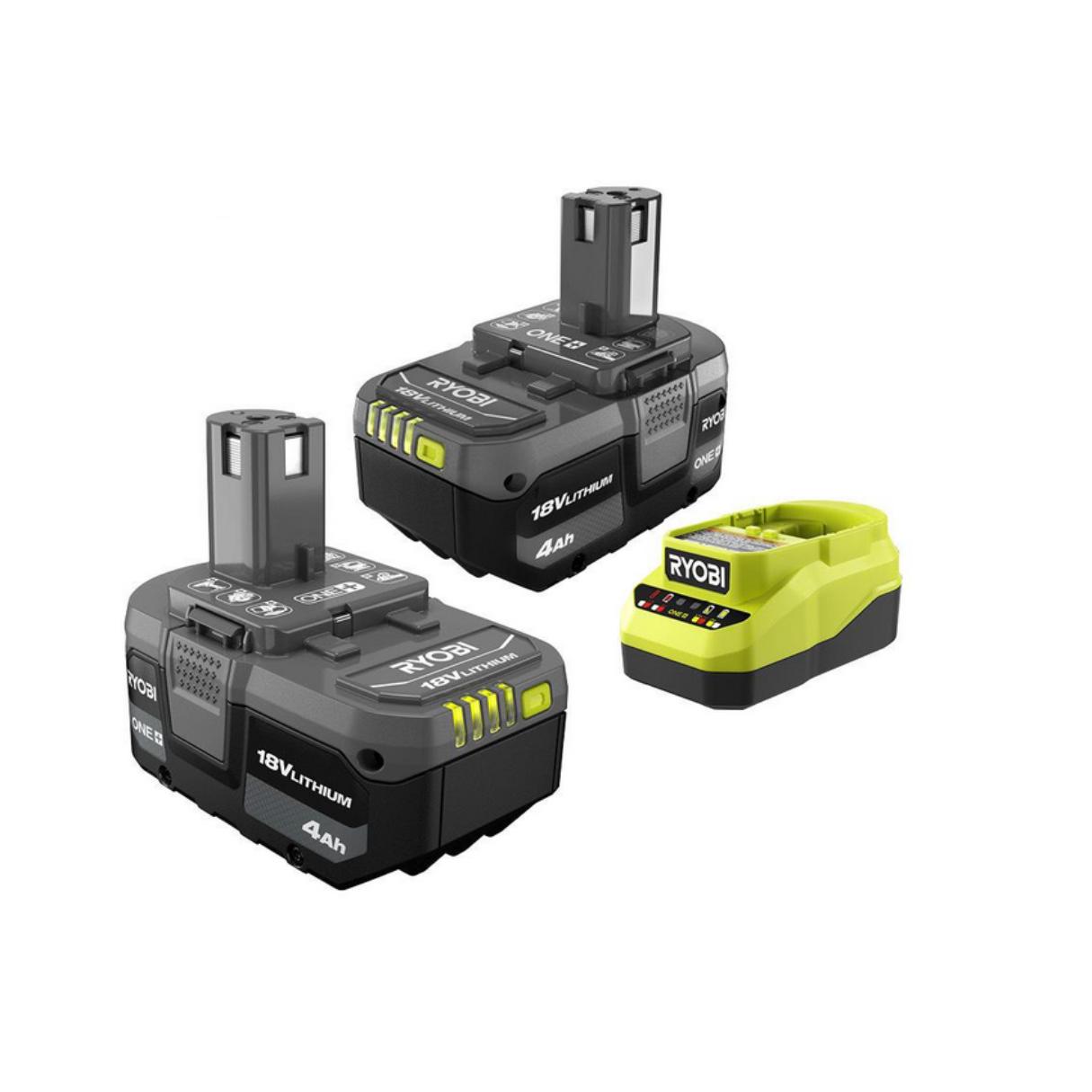
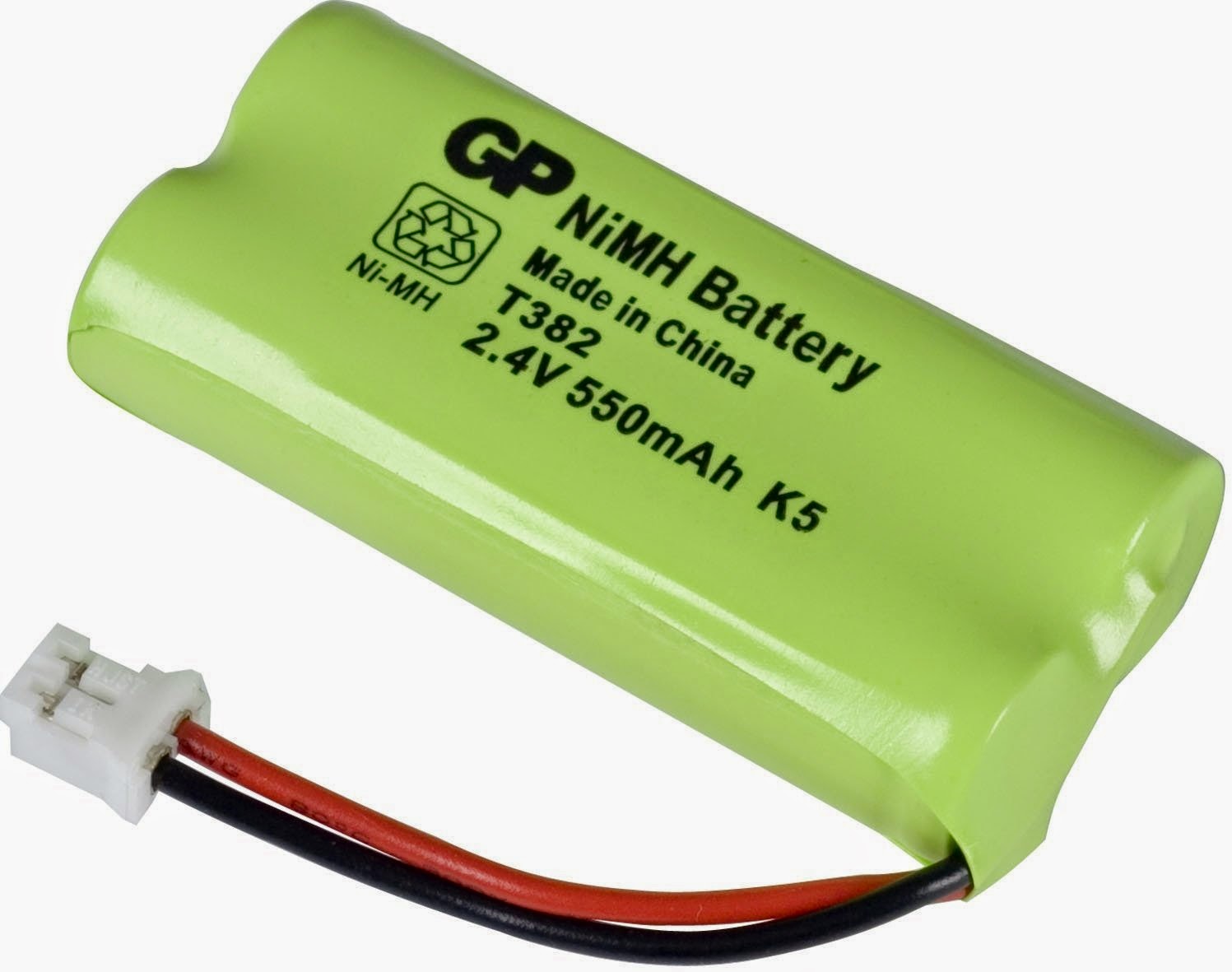
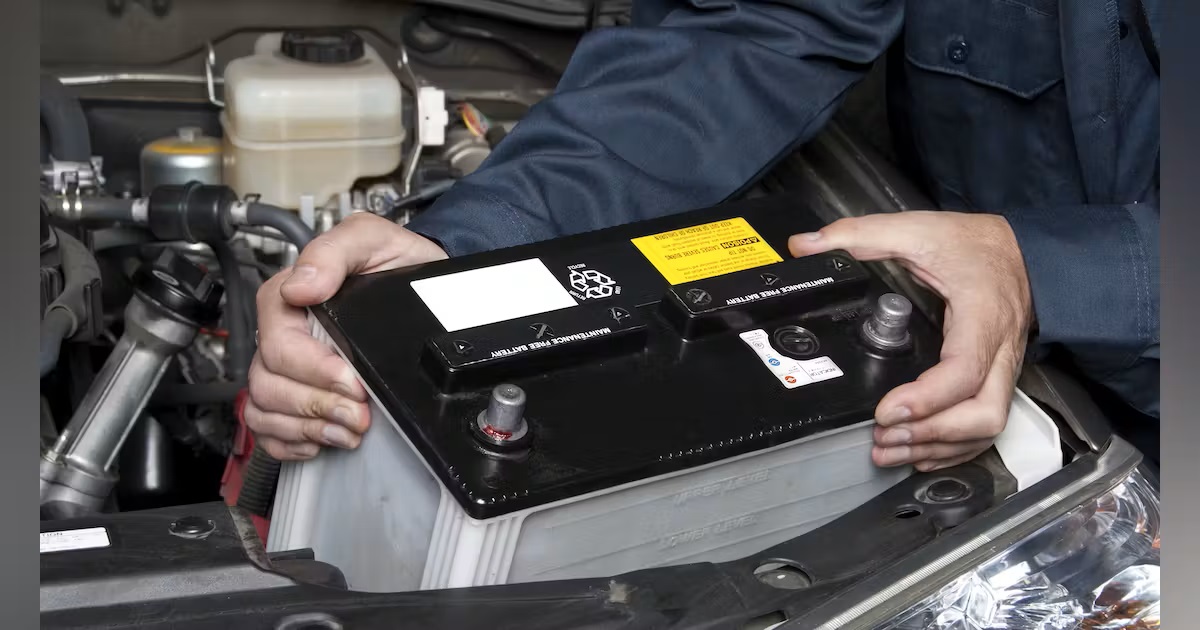
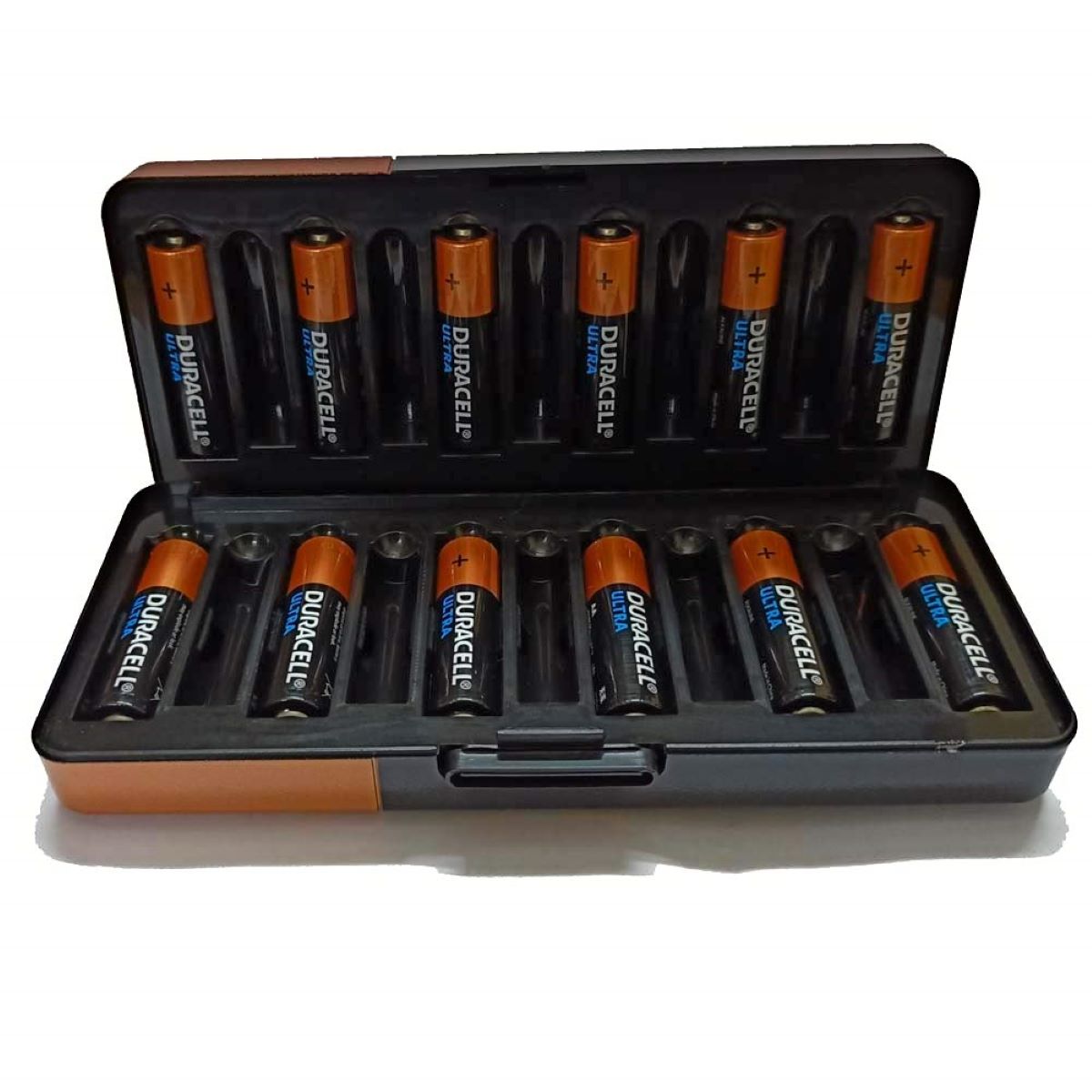
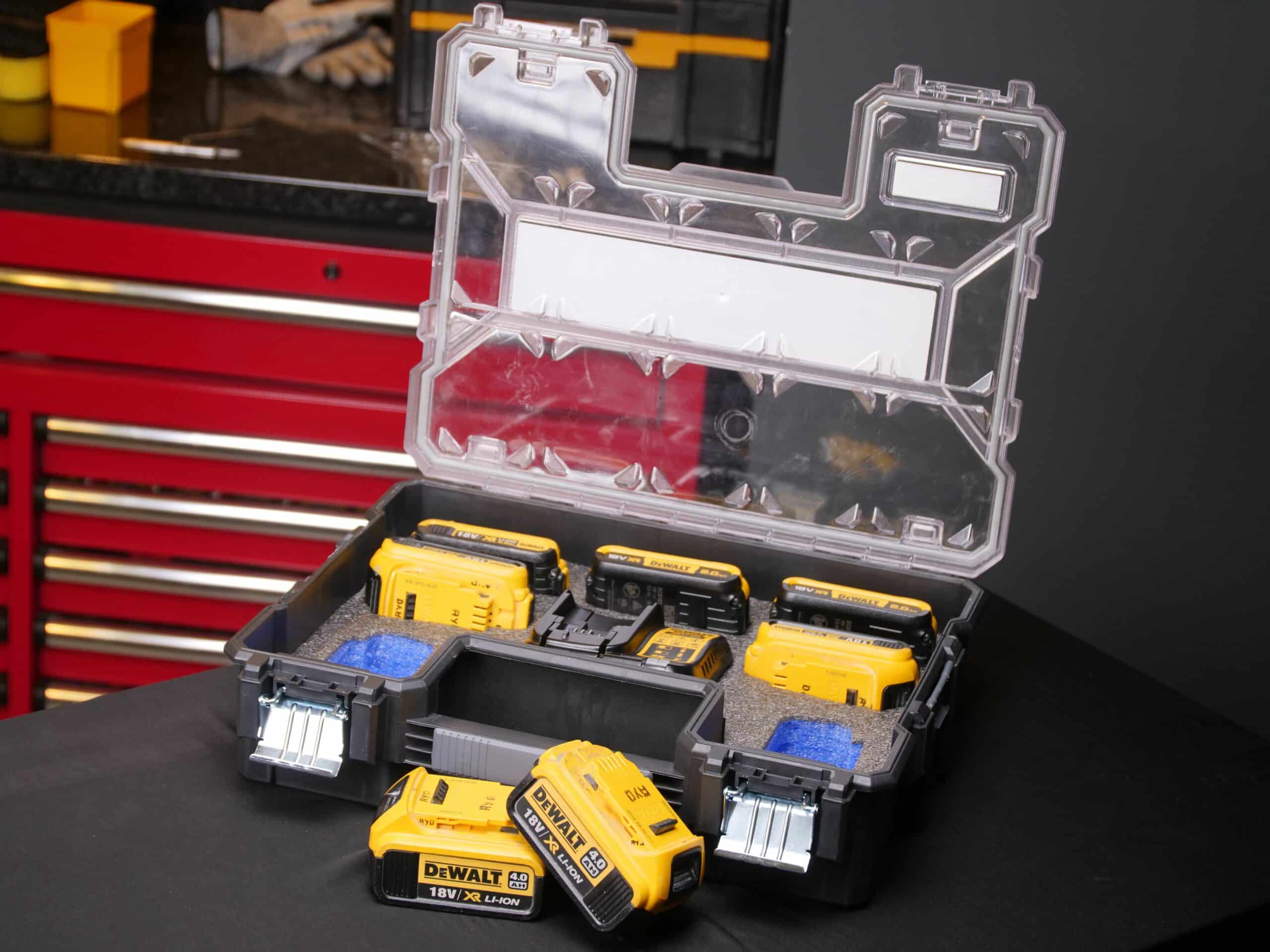

0 thoughts on “How To Store RC Lipo Batteries”